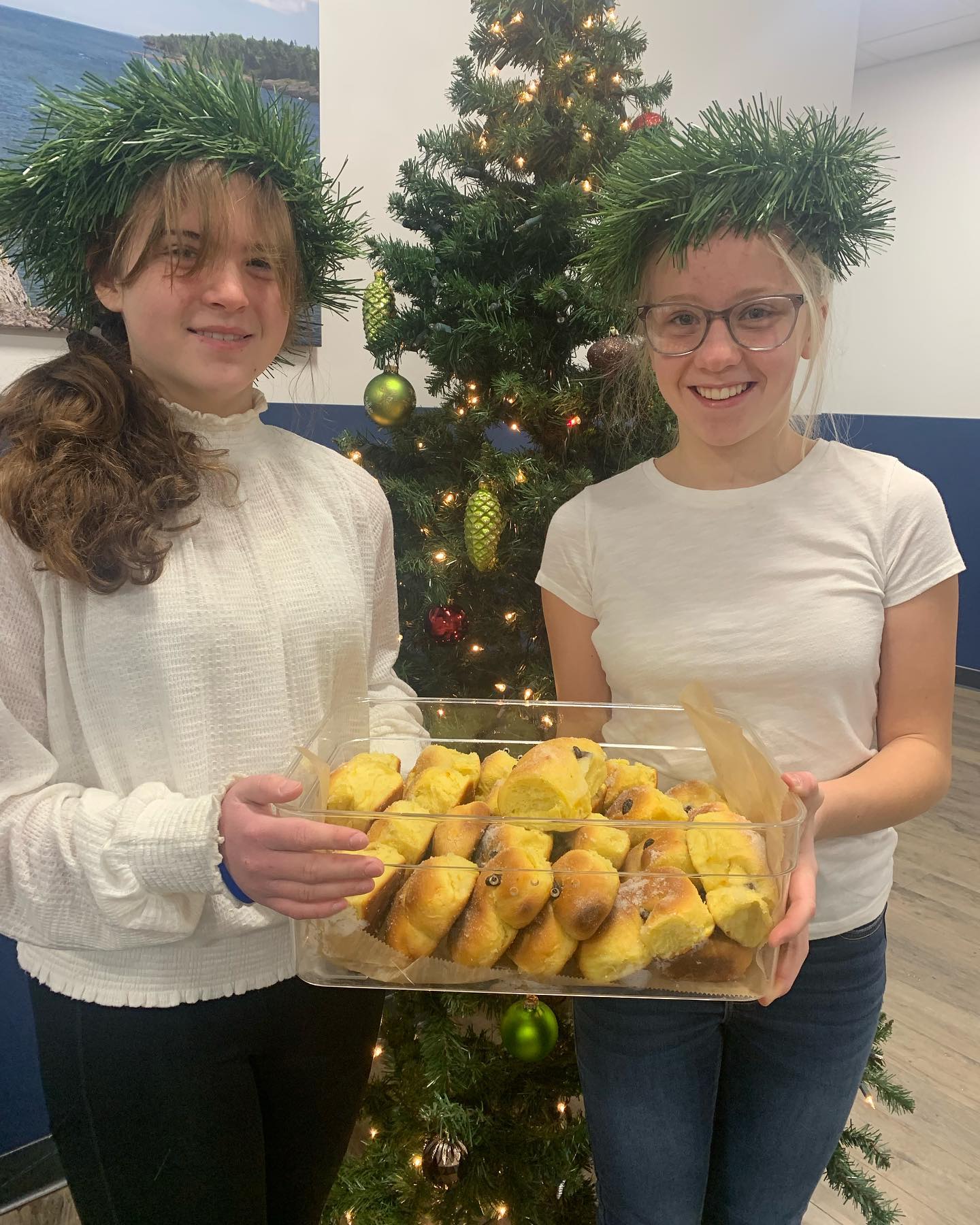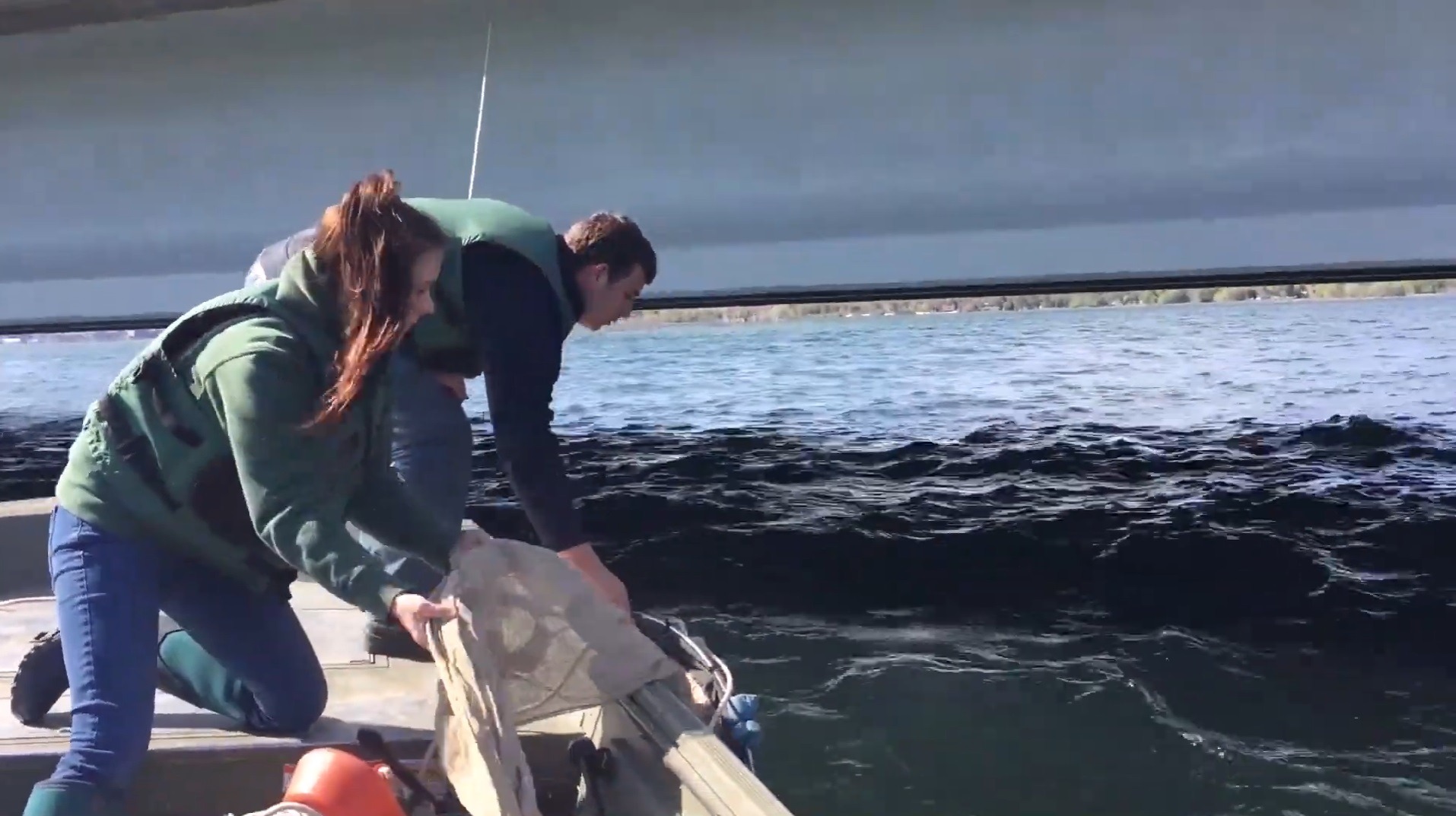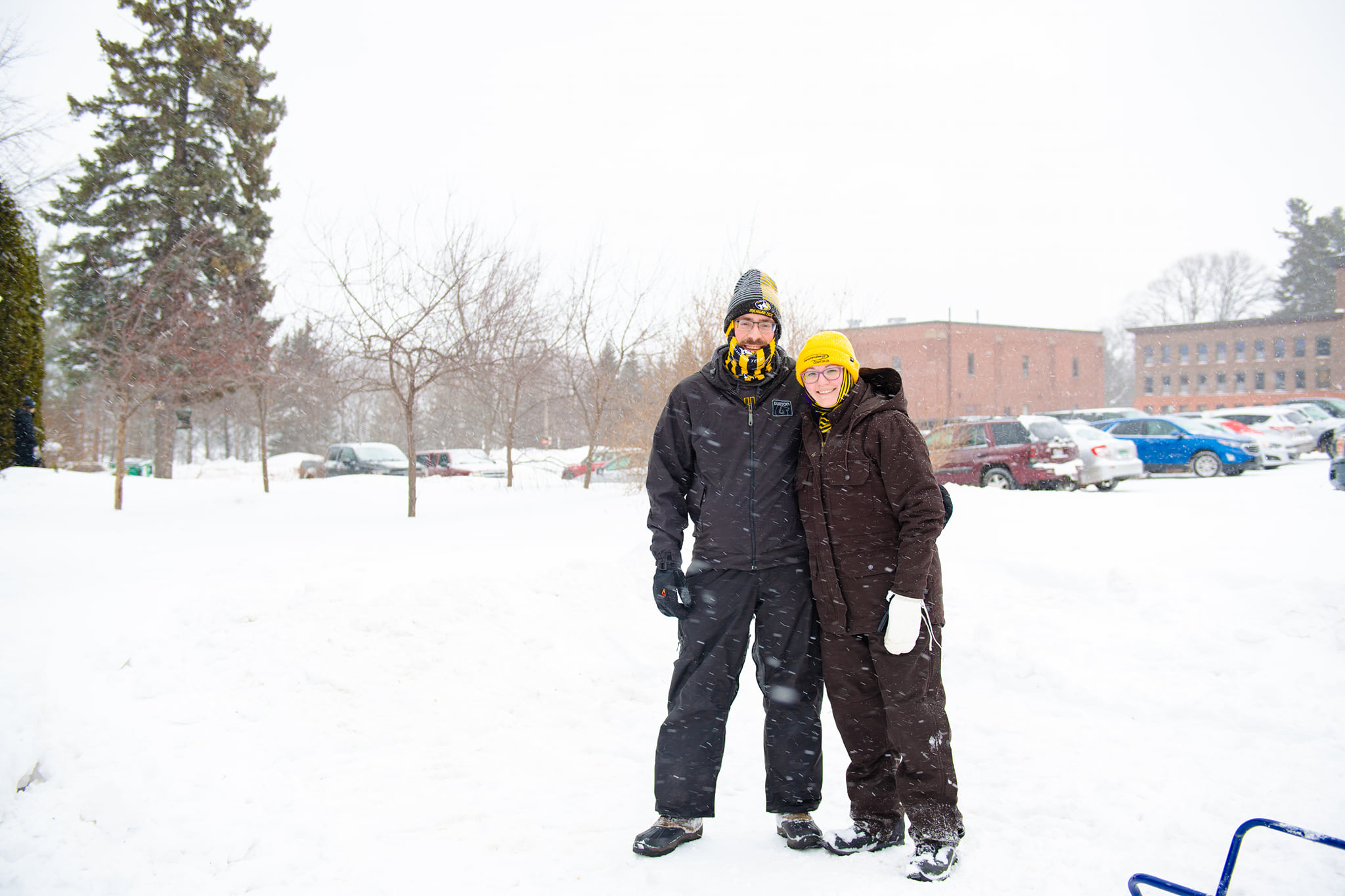Author Archives: mike@standardsmichigan.com
- Home
- Articles posted by mike@standardsmichigan.com (Page 13)

10 Tampa Bay
Lakeland Florida high school offers free clothes and laundry facilities. Expansion of this concept to Saturdays for all students in the district would contribute to greater utilization of square footage that is normally unused. It may also lower energy cost and contribute to “family feeling” in the district.
Schools install laundry facilities to help students in need, improve attendance
I was admiring my gran’s sewing machine today. I think it was probably her mother’s. Amazing that a mass-produced tool was made to look like *this*. pic.twitter.com/fiT5NxtzNA
— Peter Ross (@PeterAlanRoss) September 26, 2024
The 98th commencement ceremony for H.B. Plant High School celebrates the remarkable graduating class of 2025!
🎓 “Your dedication, perseverance, and willingness to give your all have brought you to this moment. As you move forward, embrace every opportunity with the same spirit… pic.twitter.com/oJ9K1NSgeG
— Hillsborough Schools (@HillsboroughSch) May 24, 2025
“Washing Day” 1885 John Williams Waterhousehttps://t.co/xECh8y6kCbhttps://t.co/NsIhHF46RKhttps://t.co/jXZaRdSsbf pic.twitter.com/GzG85BmLGb
— Standards Michigan (@StandardsMich) July 15, 2023
Sinterklaas Koffie
Nederland | Koninklijk Nederlands Normalisatie Instituut | NEN 1010 (IEC 60364)
Tomorrow Sinterklaas will arrive in the Netherlands from his home in Spain, bringing presents and special treats for children. Learn more about the celebrations to welcome his arrival in #Amsterdam and this amazing Dutch holiday: https://t.co/Guioc6M5Zi pic.twitter.com/6HYoMrPNnO
— I amsterdam (@Iamsterdam) November 16, 2019
Readings:
The Heritage Foundation: Interview with Dutch Scholars on Marriage
Morning Breakfast
This content is accessible to paid subscribers. To view it please enter your password below or send mike@standardsmichigan.com a request for subscription details.
Morning Porridge
Porridge is a dish made by boiling grains, legumes, or starchy plants like oats, rice, cornmeal, or barley in water or milk until it reaches a soft, thick, and creamy consistency. It’s often eaten as a breakfast food and can be sweetened with sugar, honey, or fruit, or flavored with spices and other ingredients.
Common examples include oatmeal, rice porridge (like congee), and millet porridge. The specific ingredients and preparation vary widely across cultures and regions.
Not to be confused with grits; a specific type of porridge made from corn, with a distinct texture and cultural role, while porridge is a broader category encompassing many grains and preparations.
It was a work of love for Sir Roger. pic.twitter.com/mAHqCcYE4B
— Adam Krell (@adamkrell) November 24, 2025
Peppermint Coffee
“It’s Time To Tell You EVERYTHING…” | Victor Davis Hanson
“Established in 1956, National University of Natural Medicine is the oldest accredited naturopathic medical university in North America and a leader in natural medicine education and evidence-based research. As one of the most respected universities of natural medicine in the world, our participation in international medical education and research is routinely solicited. We believe in the healing power of nature, and that food is medicine.”
Peppermint, scientifically known as Mentha × piperita, is a hybrid mint, a cross between watermint (Mentha aquatica) and spearmint (Mentha spicata). It belongs to the Lamiaceae family, which also includes other aromatic herbs like basil, rosemary, and lavender. Here are some key scientific points about peppermint:
Botanical Classification: Lamiaceae
Characteristics: Peppermint is a herbaceous perennial plant known for its distinctive minty aroma and flavor. It has square-shaped stems, serrated leaves, and produces small purple or white flowers in spikes.
Chemical Composition: The characteristic flavor and scent of peppermint are attributed to its essential oil, which contains menthol as a major component. Other compounds found in peppermint oil include menthone, menthyl acetate, and various terpenoids.
Cultivation: Peppermint is a hardy plant and is known to grow well in a variety of climates. It is often cultivated for commercial purposes, both for its culinary use and the extraction of essential oils.
Peppermint has been adapted for pharmaceutical and cosmetic purposes. Its essential oil is extracted for use in aromatherapy, and peppermint tea is a common herbal infusion enjoyed for both its taste and potential health benefits.
Bastyr University: Herbal Science Program
University of California Berkely Jepson Herbaria
Maryland University Integrative Health: Herbal Medicine
Why Can No One Think Rationally Anymore? – George Mack
Cornbread & Coffee
“
The morning cup of coffee has an exhilaration about it which the cheering influence
of the afternoon or evening cup of tea cannot be expected to reproduce.”
“The Professor at the Breakfast-Table” (Oliver Wendell Holmes Sr., 1858)
Documenting how tall the corn is on June 10th.
Lotta season left…. pic.twitter.com/92rsPTMnPk— Katie (@K84IAST8) June 11, 2024
Roger Scruton: The True, the Good and the Beautiful
Student Cornbread Recipe Message Board
Student Affairs: Spots to Grab a Coffee on Campus
United States Department of Agriculture: Is Corn a Grain or a Vegetable?
Pro Farmer Tour 2024, south central Nebraska sweet corn edition. @PVseed planted May 22. Pivot irrigated. #Pftour24 pic.twitter.com/vdMEV2GfiR
— Laura Farms (@laurafarms_) August 20, 2024
“In the quiet moments between sips of coffee, one can hear the whispers of the stars” — Mai Mochizuki (‘The Full Moon Coffee Shop’, 2024)
New update alert! The 2022 update to the Trademark Assignment Dataset is now available online. Find 1.29 million trademark assignments, involving 2.28 million unique trademark properties issued by the USPTO between March 1952 and January 2023: https://t.co/njrDAbSpwB pic.twitter.com/GkAXrHoQ9T
— USPTO (@uspto) July 13, 2023
Standards Michigan Group, LLC
2723 South State Street | Suite 150
Ann Arbor, MI 48104 USA
888-746-3670



























